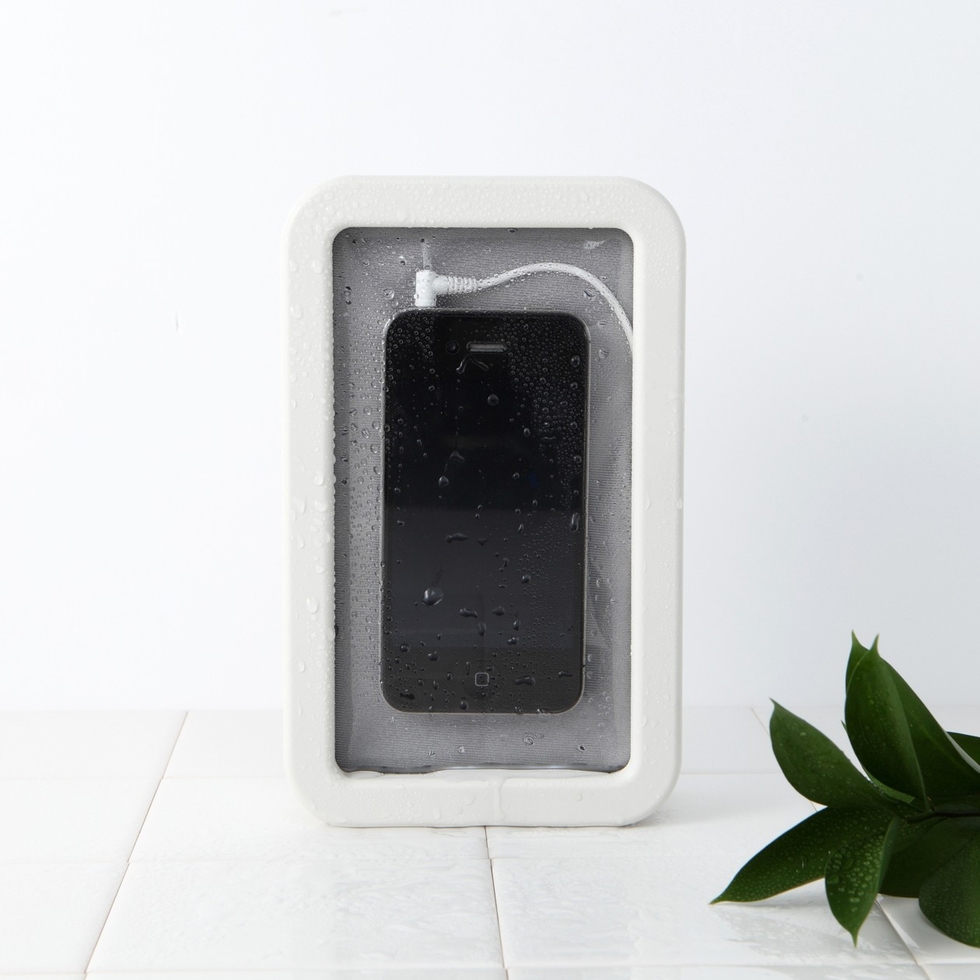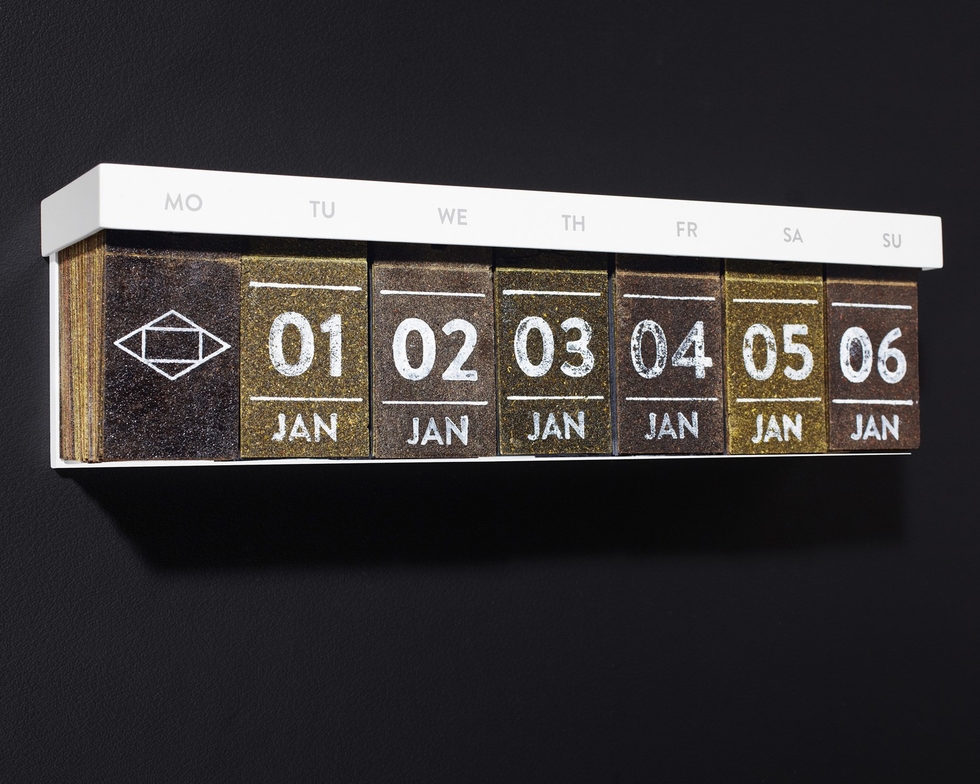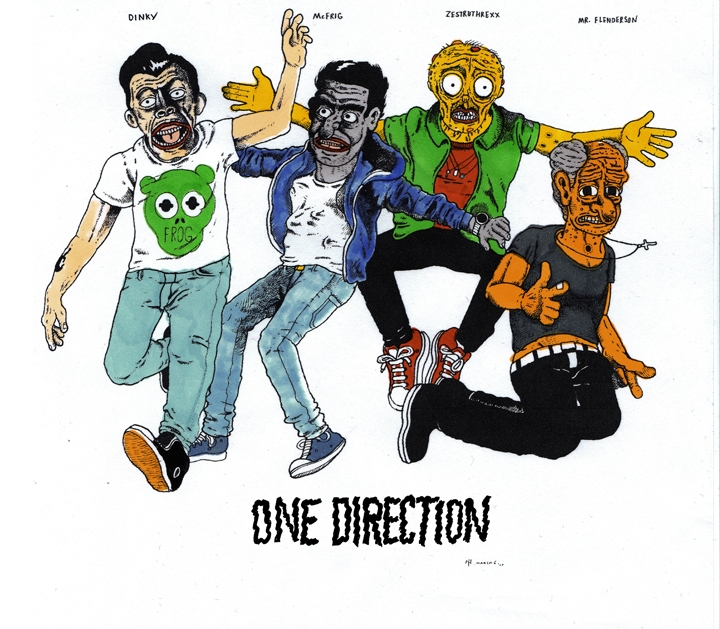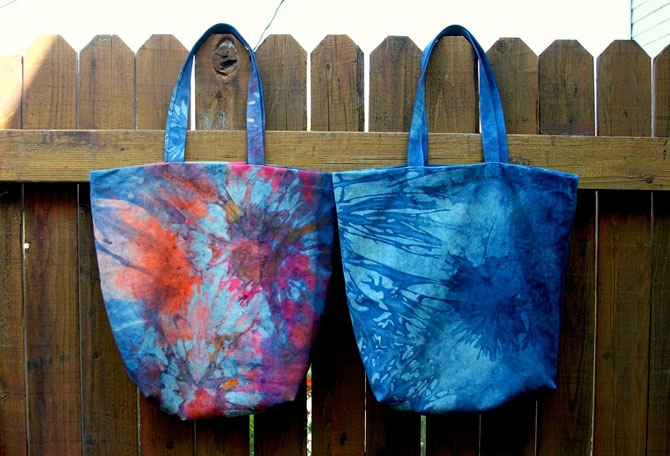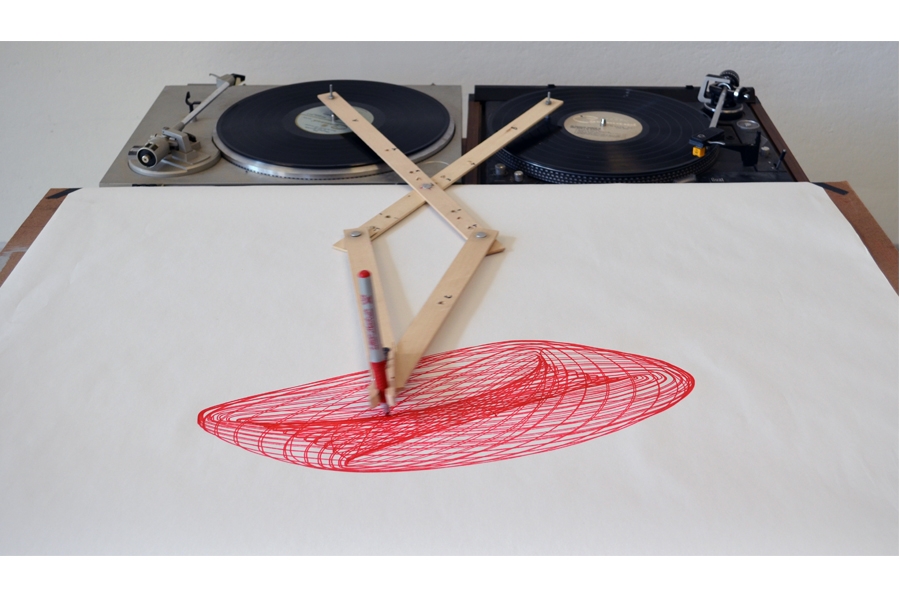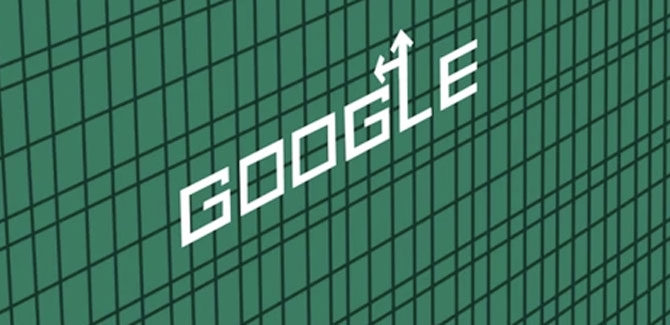The desperation that follows pulling your phone out of water after an accidental plunge is no fun, and there's no telling whether it will ever work again once it dries out. For those using a smartphone to play music in the kitchen, or near babbling brooks in the great outdoors, Muji's new splash-proof speaker system is a good insurance policy. True to Muji form, the case is extremely simple and functional: the waterproof enclosure has built-in speakers in the back panel, and a front window so one can still use the smartphone's touchscreen. Three AA batteries provide about 30 hours of music amplification. Although an iPhone is pictured, any device with a headphone jack that fits inside the enclosure should work.
Throw one in the dry bag for the next camping trip. The speaker is available in Muji's online store.




As a way to thank its partners for a year of business, the Hälssen & Lyon tea company collaborated with the Kolle Rebbe agency to create a brewable calendar made entirely out of pressed tea. Each day of 2013 can be ripped off and made into a single cup of tea without the waste of a teabag. Unfortunately the calendars aren't for sale, though they would be incredibly useful hanging in the kitchen of a daily tea drinker.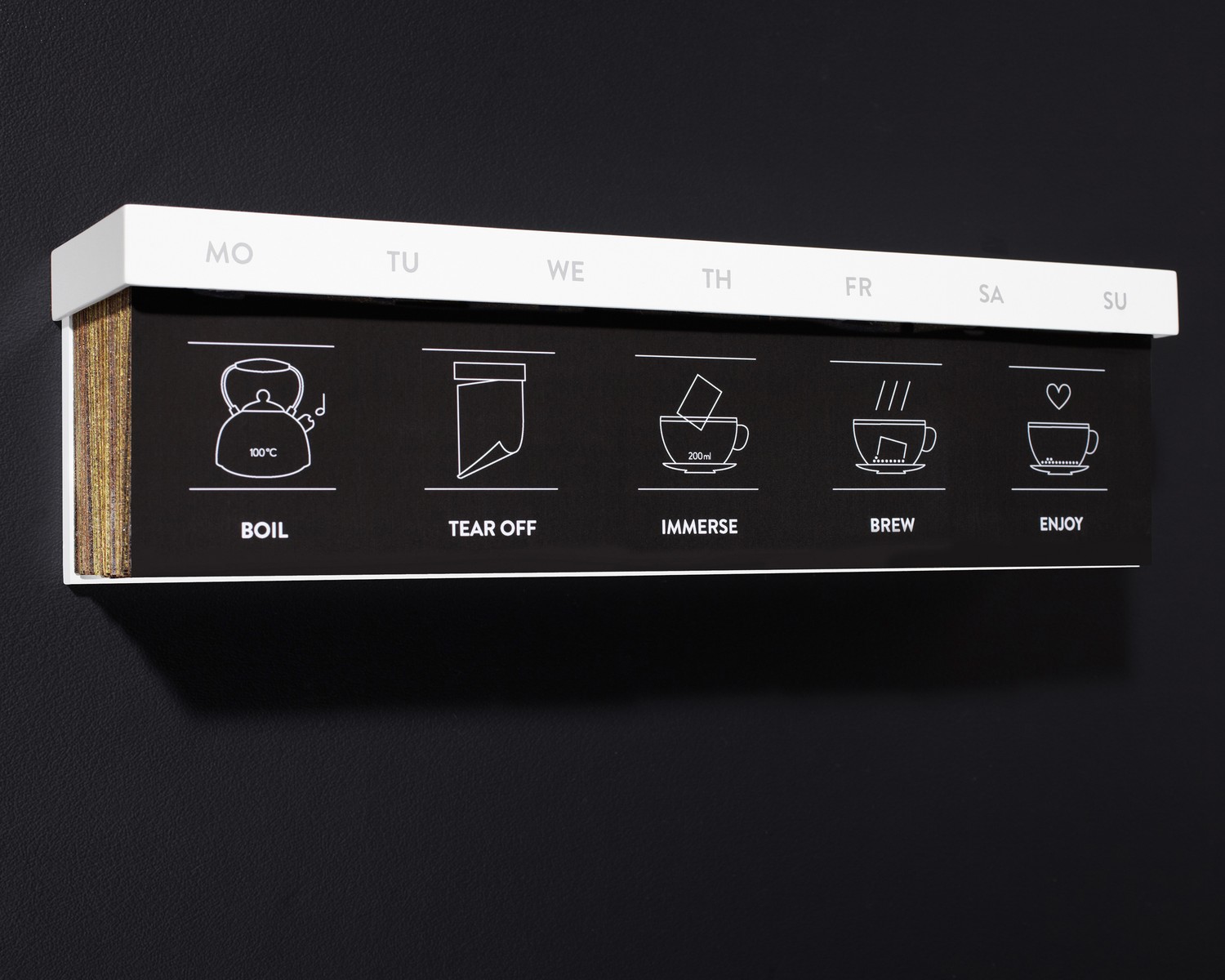


In February of 2012, fans who pre-ordered the Islands album A Sleep & A Forgetting received a hand-drawn Valentine's Day card from the band's frontman Nick Thorburn. Inside the card was the dark but kinda sweet message, "I Want To Die in Your Arms" with an illustration of a skeleton lying on top of its human lover. Many of Thorburn's comics and illustrations are similarly dark and funny. But some are simply absurd, the exploits of his protagonist Howie Doo, or his illustration work for The Classical, for example.
Thurburn's This Is Howie Doo 55-page digital comic book is available now.
Follow This Is Howie Doo On Tumblr.

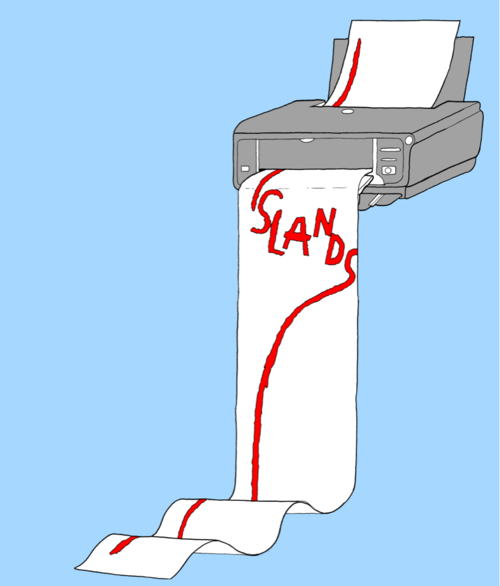

"self portrait quadtych"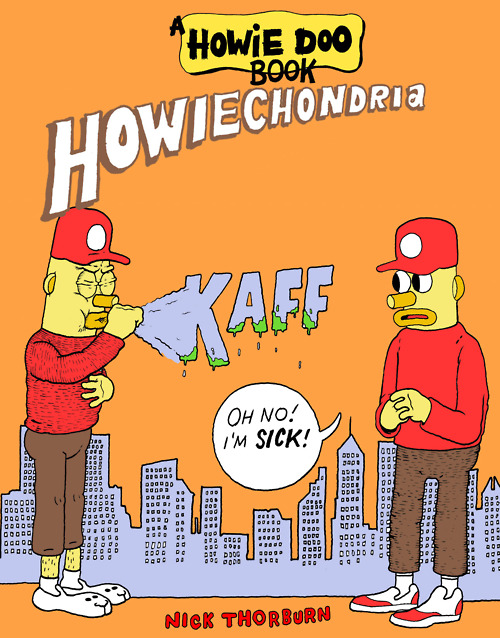
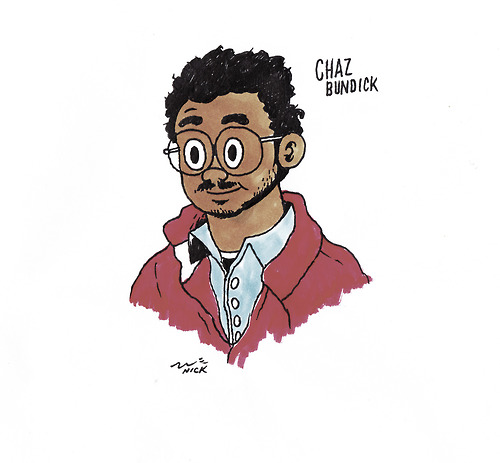
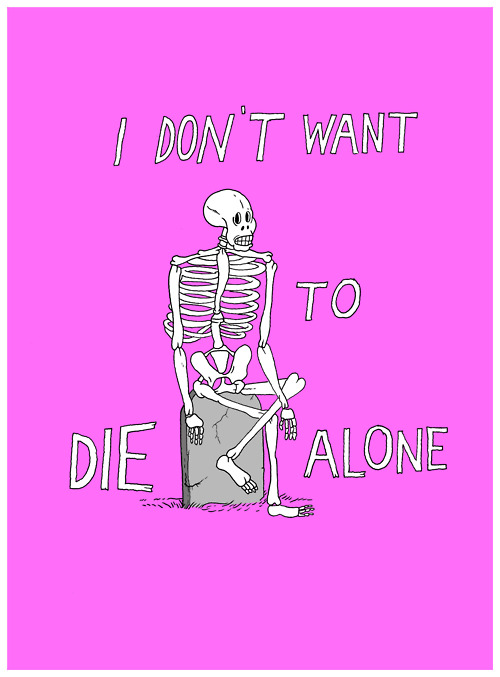
An exciting collaboration between two L.A. favorites makes its debut this weekend. Jennifer Parry Dodge of Ermie and Mitzi Guidry of Los Angeles Leathercraft team up on a small collection of tie-dyed leather bags. We have already fallen hard for Ermie's collection of hippie-ish patterned caftans, maxi dresses, and leggings, and now we can add these totes and wallets onto our list of must-haves.
The handpainted and handsewn goods will be available for the first time for lucky Angeleno's at the Echo Park Craft Fair, everyone else will be able find them on the Ermie shop in the coming weeks.



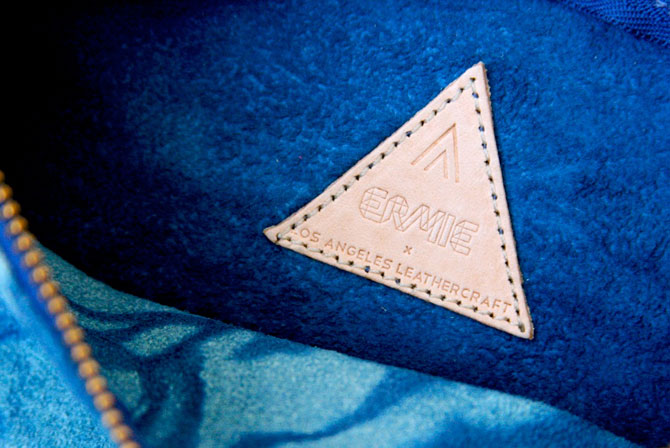
The first few lines made by Robert Howsare's Drawing Apparatus don't look like much more than scribbles. But after only three more rotations, the marker lines start to take a more calculated form. After 30 seconds, the form suddenly takes on some dimensionality. The apparatus, built from two turntables, some thin pieces of pine, and a marker is one of Howsare's experiments in using "nontraditional matrices and processes to explore the anomalies that occur within systems." It reminds some of us of the Spirograph toys we had as kids.
Robert Howsare holds graduate degrees in printmaking and lives and works in Kansas City. Prints made with the Drawing Apparatus are available for $160.

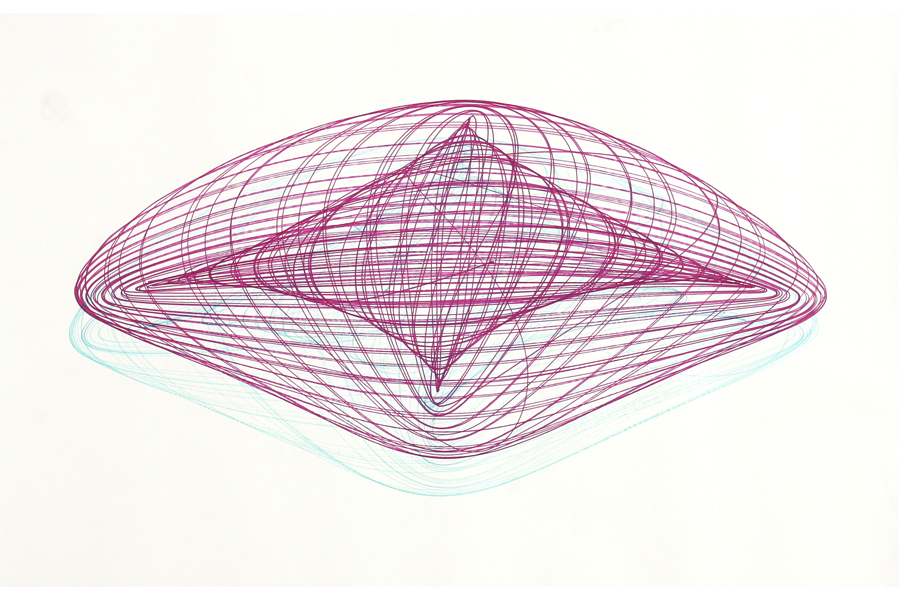
After spending five months as ex-pats in São Paulo, Brazil, designers Azusa Murakami and Alexander Groves who work as Studio Swine, turned to the city's trash for their new line of lamps. Both the green glass bulbs and the pine woodwork were sourced from refuse (the wood from a local carpentry shop), and the glass from bottles found around the beach. But don't think that bottles in Brazil are naturally that interesting: instead of completely recycling the glass, the pair simply heated and re-blew the found bottles. It saved a considerable amount of energy, and left subtle textures from the original forms. [via]

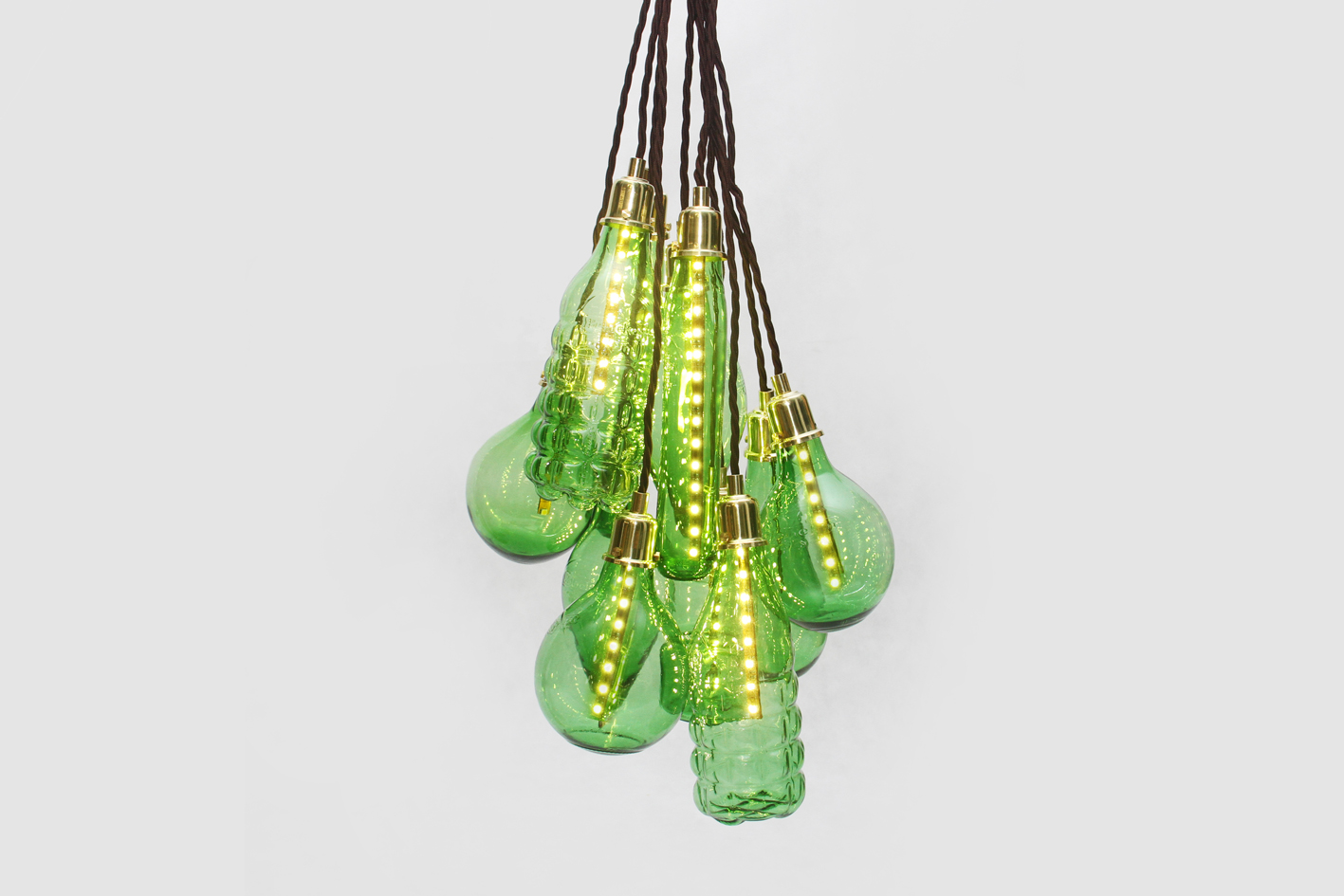
The cover of Hannah K. Lee's new Mascots zine should look familiar. If you've eaten a banana in the last 100 years or so, the friendly Chiquita banana lady with her bountiful hat should trigger at least one memory. Lee's continuation of the image, the same lady's blue legs surrounded by dropped fruit, however, may not be as familiar. In Mascots, Lee reinterprets the corporate images and brand logos we see daily, like giving Marlboro's classic Reds box playful cursive lettering, manipulating the Zig Zag Rolling Papers bearded man, and turning the Green Giant into a comic book villain.
Hannah K. Lee contributes lettering and illustration for the likes of GQ, The New Yorker, and McSweeney's Lucky Peach. Mascots was printed on a Risograph at San Francisco's Mission Risoplex and is available in the Nothing Major shop.

Best Made Co. already had our attention with an iron-clad concept—releasing one new product a week in its online catalog, usually something basic, essential, low-tech, and no-bullshit. Best Made's axes caught on, for example, with DIY cabin-dwellers and weekenders with a strong interest in chopping and hacking things. As of today, fans of Best Made can make a pilgrimage to the epicenter of all things lasting and durable, Best Made's flagship shop at 36 White Street, NYC. The brand has also released a front-loading metal toolbox this week that we'd like to get to know better.
Best Made Co. hosts an axe restoration class at 36 White Street, NYC on May 18.





Born May 8, 1920, Saul Bass was a graphic designer so influential he changed the way we thought about an entire medium: film, specifically film titles and movie posters. The Oscar-winning, Alfred Hitchcock collaborator gets his due today in a nifty Google Doodle video which combines references for nearly a dozen title sequences created by Bass, who also worked with Martin Scorcese.
Comic Riffs has more details on Doodle itself and a Bass bio.
Here in New York City, the MTA regularly reminds us subway riders of certain dangers in the system. Using posters featuring simple Helvetica text and sometimes stick figure illustrations, they warn us against things like riding outside the train, and venturing onto the tracks.
From the mid-'70s through the early '80s, the Toyko subway system also used posters to remind riders of the rules, except these featured super heroes, Hitler, aliens, Santa Claus, even Jesus Christ. The posters warned against more specific, but possibly annoying, behavior. Aliens told riders to not read newspapers too widely, Hitler and Charlie Chaplin illustrated the evils of spreading your legs too far apart while sitting, Jesus told you not to forget your umbrella, and Santa Claus reminded riders at the holidays not to get drunk and pass out on the train. [Images and translations from Retronaut via WFMU]
"Don't forget your umbrella." (October 1981) The text at the top of this poster—which shows Jesus overwhelmed with umbrellas at the Last Supper—reads "Kasane-gasane no kami-danomi" (lit. "Wishing to God again and again"). The poster makes a play on the words "kasa" (umbrella) and "kasane-gasane" (again and again).
"The Seat Monopolizer" (July 1976) Inspired by Charlie Chaplin's The Great Dictator, this poster encourages passengers not to take up more seat space than necessary.
"You've had too much to drink." (October 1976) This poster of a drinking Santa is addressed to the drunks on the train. The text, loosely translated, reads: "I look like Santa because you've had too much to drink. It's only October. If you drink, be considerate of the other passengers."
